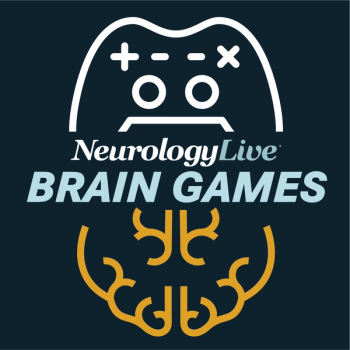
NaV1.8 Pain Signal Inhibitor VX-993 Fails to Show Efficacy in Phase 2 Trial of Acute Pain
Key Takeaways
- VX-993 did not achieve significant efficacy over placebo in SPID48, leading to its discontinuation as a monotherapy for acute pain.
- The trial included 367 patients with acute pain post-bunionectomy, testing three VX-993 doses, HB/APAP, and placebo.
Vertex Pharmaceuticals halts VX-993 development for acute pain after phase 2 trial shows no significant efficacy compared with placebo.
According to recently announced data from a pivotal, placebo-controlled, dose-ranging phase 2 trial of patients with acute pain, Vertex Pharmaceuticals’ VX-993 failed to differentiate itself against placebo in the primary end point of time-weighted Sum of the Pain Intensity Difference (SPID). Based on these findings, the company will discontinue the development of this agent as a monotherapy for acute pain.
This large-scale study comprised 367 patients with acute pain following bunionectomy surgery who were randomly assigned to 1 of 5 different arms. These included VX-993 high dose — 180 mg first dose and 90 mg every 12 hours (at 12, 24 and 36 hours after the first dose; n = 71), VX-993 mid dose — 70 mg first dose and 35 mg every 12 hours (at 12, 24 and 36 hours after the first dose; n = 77), or VX-993 low dose — 10 mg first dose and 5 mg every 12 hours (at 12, 24 and 36 hours after the first dose; n = 73), the reference arm of hydrocodone bitartrate/acetaminophen (HB/APAP) 5 mg/325 mg administered orally every 6 hours over 42 hours (n = 75), or placebo (n = 71).
The primary end point, change in SPID over the first 48 hours of treatment, was recorded through the Numeric Pain Rating Scale. In comparison with placebo, the mean SPID48 difference in the high-dose, mid-dose, and low-dose VX-993 groups were 24.3 (95% CI, –6.3 to 54.9; P = .1190), 21.2 (95% CI, –8.7 to 51.2; P = .1643), and 3.7 (95% CI, –26.7 to 34.1; P = .8094), respectively. For HB/APAP, the mean difference was 44.2 (95% CI, 14.0-74.4; P = .0043) relative to placebo.
"This proof-of-concept study was powered to test whether VX-993 would result in higher clinical efficacy than previously demonstrated with the NaV1.8 pathway,” Carmen Bozic, MD, executive vice president, Global Medicines Development and Medical Affairs, and chief medical officer at Vertex, said in a statement.1 "Based on these results, as well as the totality of preclinical data and results from our previous bunionectomy clinical studies, VX-993 is not expected to be superior to our existing NaV1.8 inhibitors and therefore we will not be advancing it as monotherapy in acute pain."
READ MORE:
VX-993 is an experimental selective NaV1.8 inhibitor, designed to block peripheral voltage-gated sodium channels implicated in pain transmission–similar to the mechanism behind its FDA-approved agent suzetrigine (Journavx). The mechanism of VX-993 is not thought to affect other sodium channels like NaV1.5 (cardiac) or NaV1.4 (muscle), aiming to minimize off-target effects such as arrhythmia or muscle weakness–challenges seen with earlier sodium channel blockers.
In the latest data update, VX-993 was considered safe and well tolerated across the doses studied, with a rate of adverse events (AEs) that was similar to placebo and in line with post-surgical settings. Overall, investigators recorded no serious AEs, nor any discontinuations because of safety issues. When observing all cohorts, the most common AEs were nausea (pooled VX-993: 4.1%; HB/APAP: 14.7%; placebo: 11.3%), headache (2.7%, 6.7%, 1.4%), dizziness (1.4%, 5.3%, 1.4%), and vomiting (1.4%, 5.3%, 2.8%).
REFERENCE
1. Vertex Announces Results from Phase 2 Study of VX-993 for the Treatment of Acute Pain. News release. August 4, 2025. Accessed August 6, 2025. https://investors.vrtx.com/news-releases/news-release-details/vertex-announces-results-phase-2-study-vx-993-treatment-acute
Newsletter
Keep your finger on the pulse of neurology—subscribe to NeurologyLive for expert interviews, new data, and breakthrough treatment updates.




